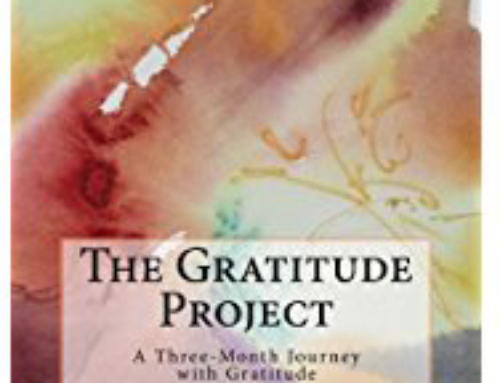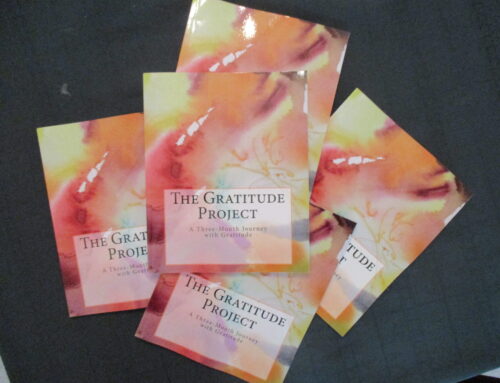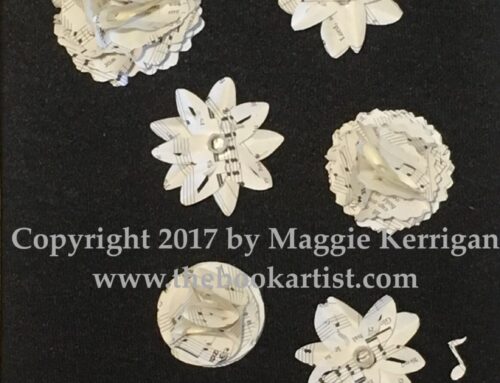 Do you remember that book from the late 90s? “Don’t Sweat the Small Stuff: and it’s all small stuff”
Do you remember that book from the late 90s? “Don’t Sweat the Small Stuff: and it’s all small stuff”
I never could get the hang of that. First of all, you can’t change the big stuff by simply calling it a different name. If you are fired from you job, no matter what you say, it’s still a big deal. My main issue, though is that the “small stuff” is what usually puts me over the edge. I can deal with a full-on crisis, and yet I’ll come unglued over the most trivial thing, like finding an ant on the kitchen counter.
I tend to cope ok with “big stuff.” The “small stuff” is more like a tiny hole in the dyke. It’s just enough to let all the other built up pressure break through. The big blow-up is never about the ant on the counter. It’s about all the other sh&^ going on. The ant is just an easy target!

Over the last few months, I discovered a tool for making big stuff “smaller” and reducing the amount of sweating I do over any of it. While writing the Lessons Learned part of Art of Gratitude course, I spent a lot of time thinking about what kinds of experiences teach us lessons. It wasn’t long before I started seeing that there is a lesson in just about any event in your life, big or small. The amount of time spent on the course helped this mindset of lesson-hunting carry over in to everyday activities. With frustrating situations, I find myself pondering, what am I getting out of this?
Just last week, one of my art contacts blogged this:
One thing I teach my clients is that “What is in the way IS the way.” What if all those “unwanted” events, relationships, experiences… were there to guide you, help you, inspire you, strengthen you? ~Whitney Freya
So true! But when you are right in the middle of some “big stuff” how on earth do you step aside and reframe it? The key is to practice during times when you are not immersed in the situation. That’s a wonderful part about the Art of Gratitude course. After you think about Lessons Learned and journal about them, you then spend time painting about them. Even though the painting is not a picture of what you journaled, the process of focused painting allows your subconscious mind to connect and create patterns for this type of grateful thinking in the future. Then when you are faced with a problem, your calm approach to it is second nature.
This has been truly transformational for me. How permanent the change? Only time will tell.
What would this type of change mean to you?



